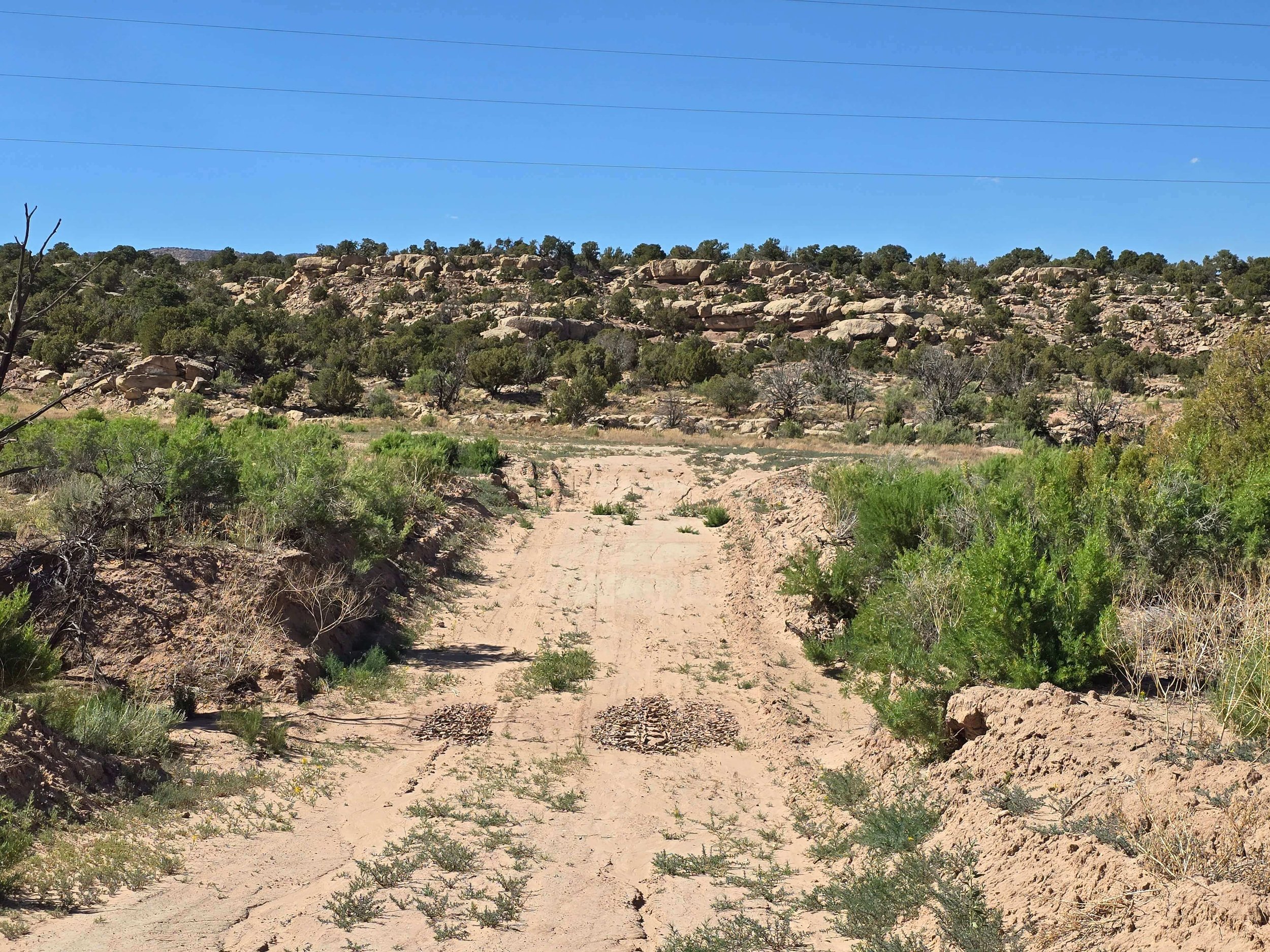What Is the Difference Between Acreage and Lot Size?
Understanding the Basics
When browsing real estate listings, you’ve probably seen both “acreage” and “lot size” mentioned. While they may sound similar, these two terms describe slightly different things about a property. Understanding the difference between acreage and lot size helps buyers make better decisions, especially when it comes to rural properties, zoning rules, and potential land use.
In simple terms, acreage refers to the total amount of land measured in acres, while lot size describes the specific dimensions or area of a parcel—often given in square feet, square meters, or acres depending on the context. Acreage is more commonly used when describing large rural tracts of land, whereas lot size is often seen in suburban or urban listings where properties are smaller and more uniform.
Knowing which measurement to focus on can help you determine the true space you’re getting and how flexible the property will be for building, farming, or development.
What “Acreage” Really Means
The word “acreage” is used to describe the total area of a piece of land, expressed in acres. One acre equals 43,560 square feet, which is roughly the size of a football field without the end zones. In real estate, the term helps buyers quickly understand the scale of a property.
For example, a listing might say “5-acre parcel” or “40-acre ranch.” These descriptions tell you how much space the property covers, not necessarily how it’s divided or shaped. Acreage gives a big-picture view of the property’s potential for use—whether that means building multiple structures, raising livestock, or leaving portions undeveloped for privacy.
Acreage is useful when you want to:
Compare large rural parcels or ranches
Understand how much usable space you have
Estimate taxes and maintenance needs
Plan long-term projects like farming or subdividing
In Utah, acreage often determines zoning categories, water rights, and setback requirements, all of which affect what you can legally do with your land.
What “Lot Size” Refers To
While acreage deals with overall land area, lot size typically refers to the exact dimensions of a specific parcel. It includes the boundaries that have been surveyed, recorded, and legally defined. Lot size might be listed as 10,000 square feet, half an acre, or 0.25 acres, depending on how large the property is and the measurement system used locally.
Lot size is especially relevant in residential developments, where zoning regulations dictate minimum and maximum lot sizes for homes. For instance, a suburban neighborhood might have quarter-acre lots, while a rural subdivision might feature two-acre lots for more privacy and open space.
Lot size affects:
How close your neighbors are
Where you can place your home or structures
What kind of utilities or septic systems can be installed
How much space is left for driveways, yards, or gardens
Essentially, lot size gives you a more precise, survey-based picture of what you own, while acreage tells you the scaleof your ownership.
Why the Difference Matters
Understanding the difference between acreage and lot size isn’t just about terminology, it’s about making better investment and development decisions. For example, two properties might both be listed as “5 acres,” but one could include easements, slopes, or wetlands that reduce usable land. Lot size, on the other hand, defines the legal footprintyou control and can improve.
Here’s why the distinction is important:
Zoning and Building: Acreage influences what zoning category applies, while lot size affects how much of the property can be built on.
Property Value: Acreage impacts long-term appreciation, but lot size determines livability and functionality.
Financing: Lenders may treat large-acreage parcels differently from standard residential lots when determining value or loan type.
Future Development: If you plan to subdivide or sell parts of your property, the recorded lot size boundaries will guide the process.
For rural buyers in Utah, especially those purchasing undeveloped land, recognizing this difference ensures you know exactly what you’re getting—and how flexible your property will be in the future.
How to Measure Acreage and Lot Size
Both acreage and lot size are calculated based on property surveys and legal descriptions. If you’re working with raw land or an irregularly shaped parcel, you may need a professional surveyor to verify boundaries before you build or fence the property.
Ways to measure:
Acreage: Multiply the property’s square footage by 0.00002296 (to convert to acres).
Lot Size: Check your county assessor’s records or property deed for exact square footage or plat map measurements.
Digital Tools: Platforms like Google Earth or GIS mapping systems can help you estimate size before purchase.
While online listings provide a good starting point, official surveys remain the most reliable source for accurate data—especially if you plan to add structures, subdivide, or apply for building permits.
Final Thoughts
The difference between acreage and lot size comes down to scope and precision. Acreage measures the total area of your land, giving you a sense of scale, while lot size defines the specific, legally recognized boundaries you can build on. Both are essential for understanding the full potential of a property, especially when purchasing land for development, farming, or recreation.
When exploring Utah’s rural real estate market, knowing these terms helps you interpret listings clearly, negotiate confidently, and plan your property use effectively. Whether you’re investing in a few acres for a cabin or a sprawling ranch for your family compound, understanding these measurements ensures your land truly meets your vision.



